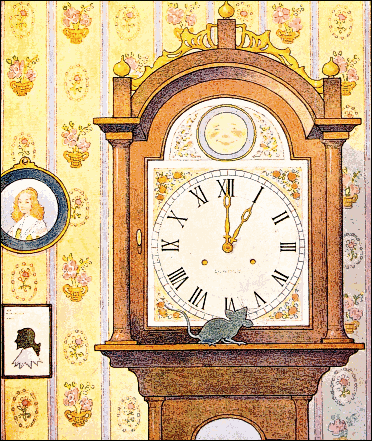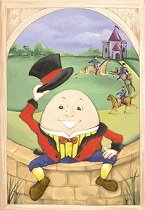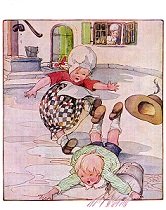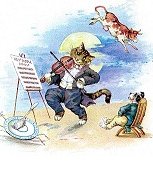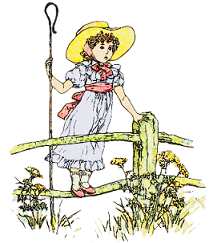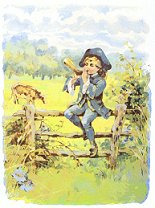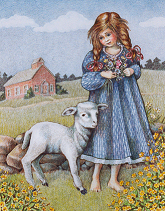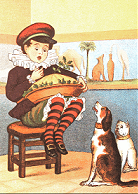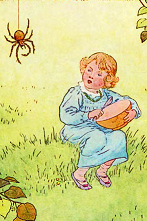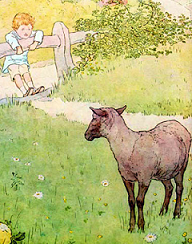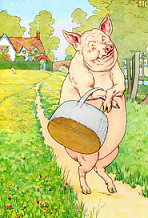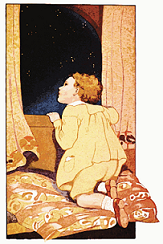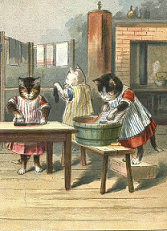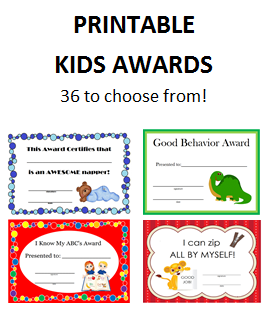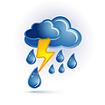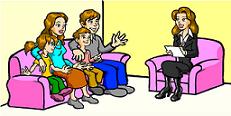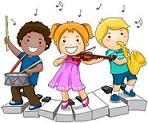Nursery Rhyme Lyrics
With Coloring and Activity Pages
This section includes the nursery rhyme lyrics to the most popular children's rhymes. Each rhyme includes all the verses, a bit of history and coloring and activity pages to accompany the rhyme.
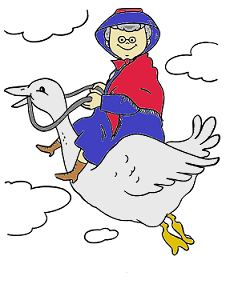
Why teach classic rhymes? The repetition and rhythm will capture a child's attention and help them to remember, boosting their memory skills.
Rhymes that incorporate movement are a great way to practice motor skills and coordination. Most rhymes have a beginning, a middle and an end. This teaches sequence of events.
In a day care setting, where you would potentially have several small children, rhymes also provide a great way for the children to interact with each other while they are having fun saying silly rhymes.
Although most adults have not recited nursery rhymes in years (or decades), most people remember the words to several of them. While technology has taken giant leaps toward providing fun ways for kids to learn... why not share with your kids something from your own childhood?
Simply click on the rhyme of your choice to find the lyrics and activity pages.
Nursery Rhyme Lyrics
|
|
Old Mother Hubbard 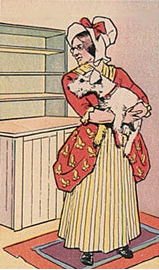 |
Pat-a-Cake 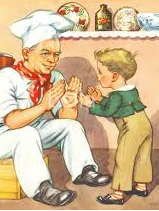 |
Nursery rhymes can also be used to teach children that, over time, words and customs change. In the rhyme, Little Miss Muffet, curds and whey is an old fashioned term for cottage cheese. A tuffet is another word for a low stool or footstool.
Children will also see that long ago people lived differently than we do today. The simple task of Jack and Jill fetching water is what people needed to do before modern plumbing. In Rub a Dub Dub one of the men is a candlestick maker. Prior to electricity this is how light was achieved.
Nursery rhymes can be used as a basis for discussing a host of items. They are also good for telling time, counting and learning that words rhyme.
